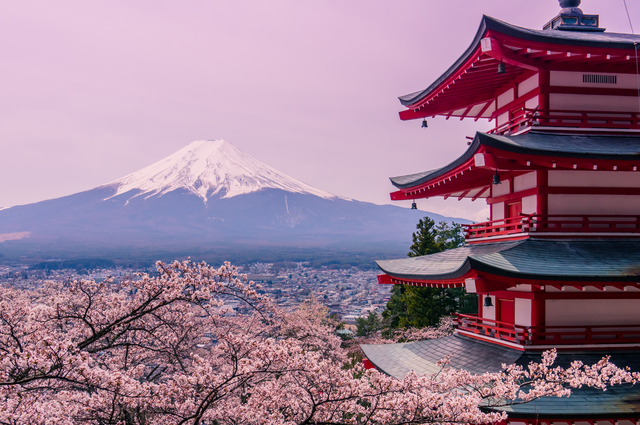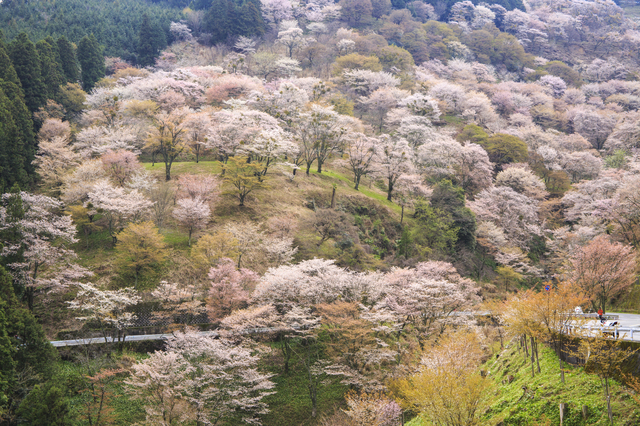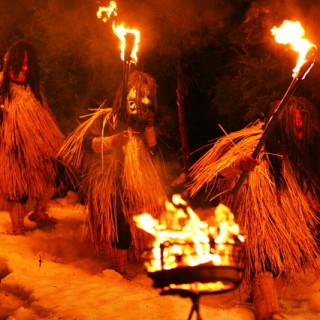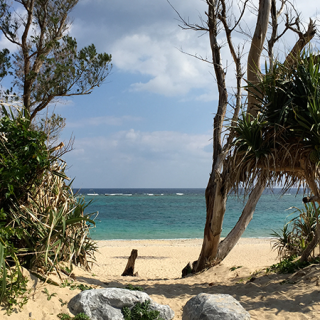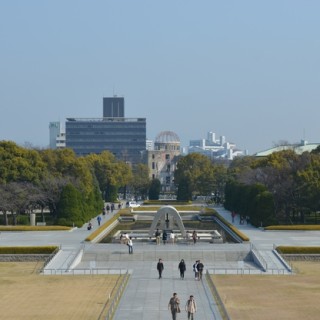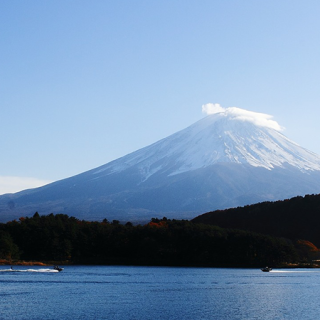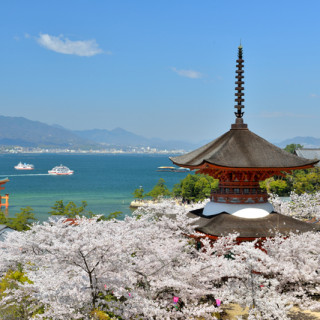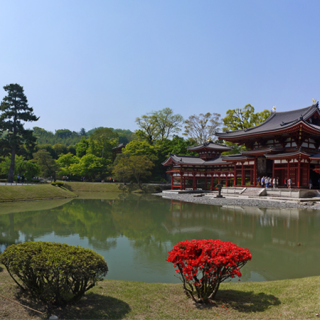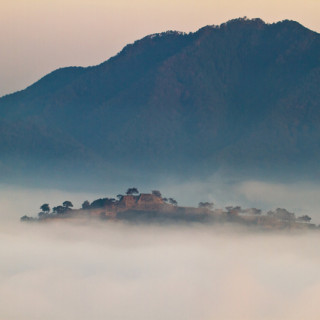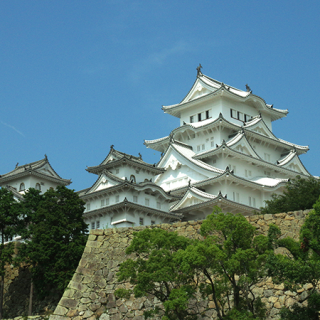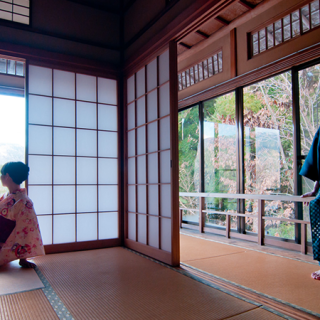Japan has four distinct seasons, all of which offer tremendous opportunities to enjoy a memorable visit. Here we tell you some advises for each seasons.
1. Spring season “Cherry trees bloom”
Spring in Japan is incredibly beautiful. The temperature varies across the country and with that we see the blooming of cherry blossoms from late March in Kyushu until May in Hokkaido. In central Japan, early – mid April is a good time to go and enjoy the full bloom. You can expect a pleasant temperature around 14°C. Miyajima in Hiroshima, Daigo-ji in Kyoto, and Mount Yoshino in Nara are terrific famous cherry blossom viewing spots. Mount Yoshino has over 30,000 cherry blossom trees of various kinds, with ropeway and shuttle bus access. You can enjoy the walking trails or simply relax at the designated viewing areas. This is a popular spot, so it’s advisable to avoid weekends and the last week of April if possible. (Japan has national ‘Golden Week’ holidays at the end of April – beginning of May, making it difficult to find reasonably priced hotels. Many trains and airplanes are fully booked weeks in advance of this period.)
2. Summer season “Many festivals are held”
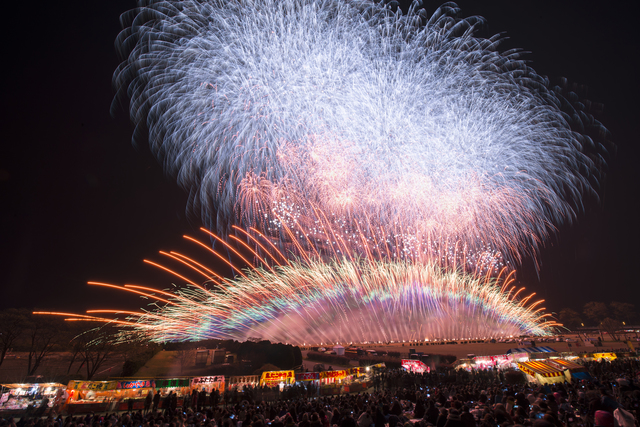
Rainy season means June is generally not a good time to visit (and the first week or so of July, to be safe.) Once that is out of the way, summer arrives. Honshu, the main island, averages 22-27°C and has many days over 30°C in August. Summer is festival season in Japan. While some tourists like to relax with a beer on the beach or on a roof-top bar catching a refreshing breeze, the festivals really allow foreign visitors to get a taste of centuries old traditions. Throughout July, Kyoto has the famous Gion festival, the most famous in Japan. The peak time is the middle of July when you can see processions of floats. The evenings are most festive; roads are closed and street vendors line the roads as everybody celebrates. Summer is also hiking season for the taller mountains. Mount Fuji, the Japanese Alps, and Hokkaido national parks are all superb. Of course they offer very welcome relief from the heat, too. Mid-August is one of the busiest times for domestic travel in Japan due to the ‘Obon’ holidays. As with Golden Week, you’ll find it hard to make reservations or find any reasonably priced travel deals. Late July – early August tends to suit most people much more.
3. Autumn season “Leaves get colorful”
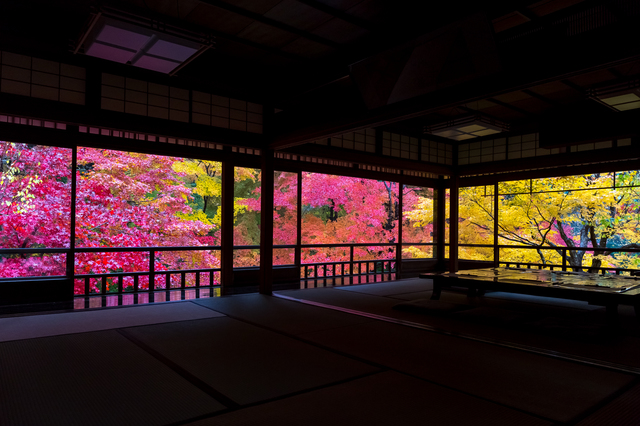
Autumn is probably the ideal time to visit Japan. The country is blessed with some of the most exceptional autumn foliage in the world. Kyoto is packed with remarkable sightseeing spots (Kouda-ji, Chion-in, Nanzen-ji to name just three), where the red and golden leaves enhance the temples and shrines to provide spectacular scenery. At 14-18°C, Autumn in Japan can be fairly warm, especially as the weather is normally stable in October. (However, September can be hard to plan for, often being disrupted at some stage by typhoons.) Hakuba in Nagano, Nikko in Tochigi and Bandai Azuma in Fukushima offer some of the most breathtaking views. If you like the outdoors, trips to any of these places are among the best of the best and you’ll definitely want to take your camera.
4. Winter season “Snow snows”
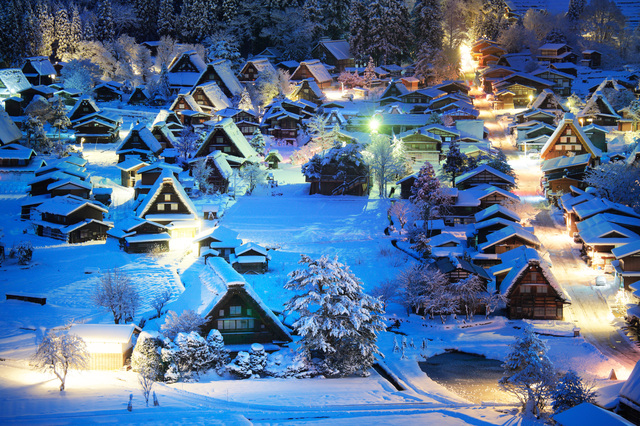
Another peak time for domestic travel is New Year and as a result most tourists wait until after the first week of January to visit. Winter is fairly mild in Japan, around 5°C. Obviously it’ll be colder if you want to go skiing or snowboarding. If you do, you’re in luck because Japan has some fantastic slopes. Nagano and Hokkaido have numerous options. If you choose a popular location there should be plenty of English speaking staff available at eateries, rental shops and hotels. Mid January – late February offers the best snow. The season continues until May in Hokkaido. Also in Hokkaido, albeit at around -5°C, you can enjoy the Sapporo Snow Festival in the second week of February, featuring a variety of sculptures up to 20m tall. If the cold isn’t for you, the illuminations in Tokyo are a great alternative. Whatever you do, taking a bath in a hot spring is highly recommended. From your comfortable position in an outdoor hot spring, you can enjoy the stunning winter landscapes.
As you can see, there is so much to see and do in Japan in all seasons. Really, the best time depends on your preferences. If you avoid the rain and typhoon seasons mentioned, the weather is generally good. Your visit doesn’t need to be too expensive either, with plenty of hotels offering online bookings in English and reservations fairly straightforward outside of the peak seasons noted above.
Perhaps you’ll want to make several visits. Lots of people visited once and decided to return, saying the country, food and people are fantastic. You’ll certainly make life long memories.
Enjoy planning your trip to Japan.



